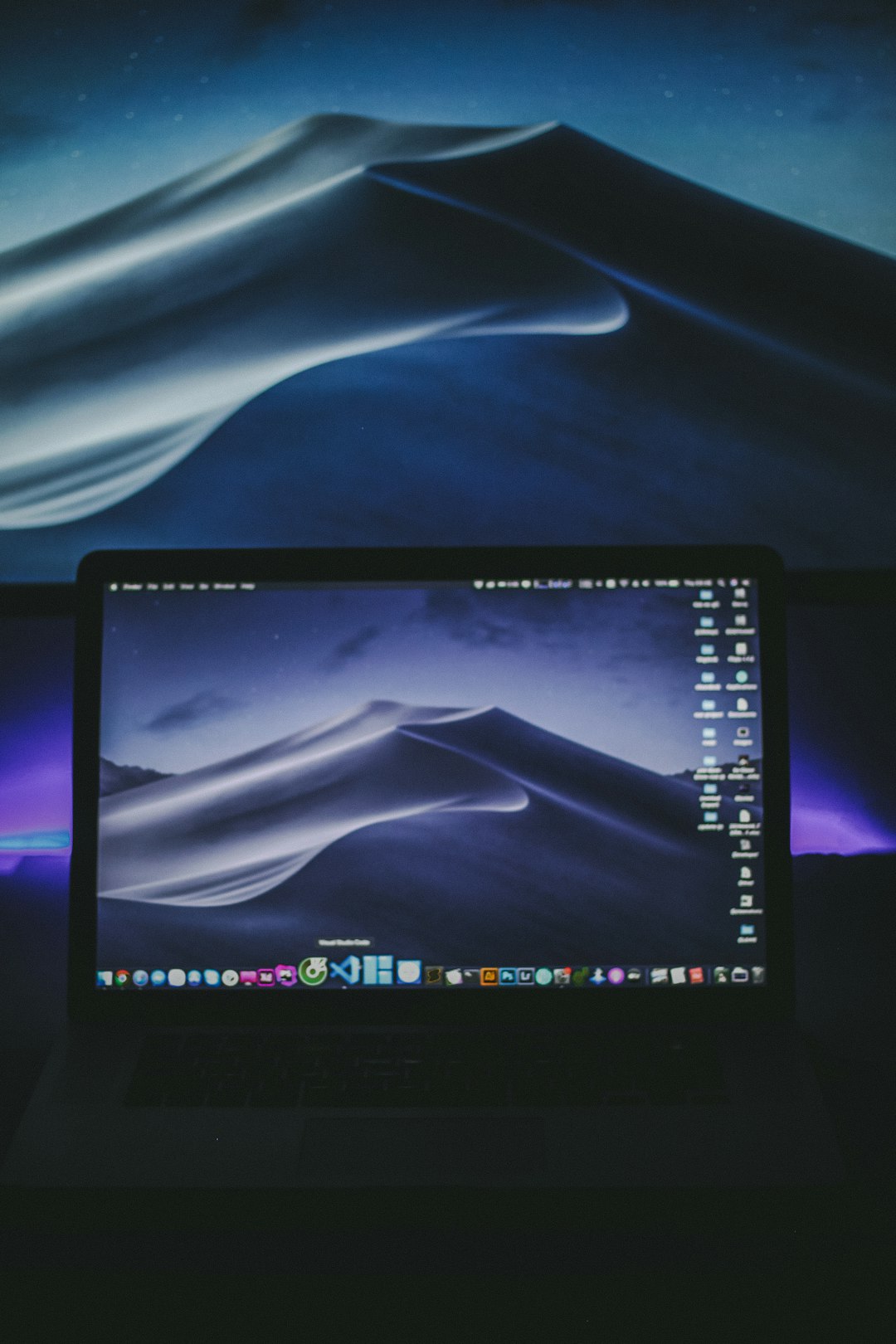For decades, Windows Notepad has been a reliable and straightforward text editor, serving users with simplicity and practicality. Although it lacked visual customization for years, recent Windows 11 updates have brought modern features to this classic utility, including the highly requested dark mode. As users spend increasing hours in front of screens, dark mode has become essential for reducing eye strain, conserving battery life on laptops, and offering a more comfortable visual experience. In this guide, we will walk you through the process of enabling dark mode in Windows Notepad safely and effectively.
Why Use Dark Mode in Notepad?
Table of Contents
Before diving into the steps, it’s important to understand the value of dark mode. The benefits of using this visual theme go beyond just aesthetics:
- Reduced Eye Strain: Especially in low-light environments, dark mode helps reduce the harsh glare of bright backgrounds.
- Energy Efficiency: On devices with OLED or AMOLED screens, dark pixels consume less power, extending battery life.
- Modern Look: Dark mode can provide a sleek, modern interface that aligns with many of today’s software design standards.
System Requirements
To enable dark mode in Notepad, your system must meet the following requirements:
- Operating System: Windows 11 (Build 22000 or newer)
- Notepad Version: The redesigned Notepad app included with Windows 11. Older versions do not support native dark mode.
- Administrator Permissions: In some cases, altering system-wide appearance settings may require admin access.
If you are unsure of your Windows and Notepad version, follow these quick steps:
- Press Win + I to open Settings.
- Navigate to System > About and locate the “OS build.”
- To check your Notepad version, open Notepad, click the gear icon (Settings), and scroll to the bottom to see the version number.

How to Enable Dark Mode in Windows Notepad
There are two primary ways to activate Dark Mode in Notepad: through system-wide settings and via Notepad’s own configuration menu. Let’s explore both methods for flexibility and completeness.
Method 1: Enable Dark Mode via Notepad Settings
This method is ideal for users who only wish to adjust Notepad’s appearance without changing the theme for the entire system.
- Launch Notepad by pressing Win + S and typing Notepad, then hitting Enter.
- Click the gear-shaped Settings icon in the top-right corner.
- Under App theme, you’ll find three options:
- Use system setting
- Light
- Dark
- Select Dark.
Once selected, Notepad will instantly switch to a dark background with light text. This change is persistent and remains even after restarting the app or the system.
Method 2: Enable Dark Mode System-Wide
If you prefer consistency across all applications and the operating system, you can activate dark mode on your entire Windows interface. Notepad will automatically adopt this theme if it’s set to follow the system setting.
- Press Win + I to open the Settings menu.
- Navigate to Personalization > Colors.
- Scroll down to find the drop-down menu labeled Choose your mode.
- Select Dark.
All supported apps, including Notepad (if set to “Use system setting”), will transition to dark mode immediately. This method provides a cohesive visual experience across File Explorer, Settings, and other native Windows apps.
Troubleshooting: Why Isn’t Dark Mode Working in Notepad?
If dark mode does not appear after following the above steps, consider the following troubleshooting tips:
- Notepad is Outdated: You may be using an older build that lacks visual customization features. Make sure your system is fully updated via Settings > Windows Update.
- Corrupted App Data: Sometimes, application data may interfere with proper functionality. You can reset Notepad by navigating to Settings > Apps > Installed Apps, locating Notepad, clicking the three dots, and selecting Advanced Options > Reset.
- Group Policy or System Restrictions: On corporate or school-issued machines, administrative settings could block these appearance changes.
Can You Customize Dark Mode Appearance in Notepad?
While the current version of Notepad in Windows 11 natively supports dark mode, it offers limited customization beyond that. However, here are a few additional appearance-related options available:
- Font Customization: In Notepad settings, you can change the font style and size to increase readability in dark mode.
- Word Wrap: Enable or disable word wrap based on your preference, which may improve readability with dark themes.
- Zoom Level: Adjust zoom for better legibility by pressing Ctrl + + or Ctrl + -.
Users seeking more theme enhancements should consider third-party alternatives like Notepad++, but do so with caution to ensure system security.
Security and Stability Considerations
Enabling dark mode is a completely safe process, but users must take care not to download or install unofficial patches or modifications, especially tools from unverified sources claiming to “unlock extra dark themes.” These may pose risks such as:
- System instability
- Unintended behavior in Notepad or other Windows apps
- Potential malware threats
Always stick with official Microsoft updates or Microsoft Store downloads to maintain the integrity of your system.
Alternative Dark Mode Text Editors
If you require more functionality than what native Notepad provides—even with dark mode enabled—there are reputable text editors that offer extensive customization options:
- Notepad++: Offers extensive plugin support, syntax highlighting, and fully customizable dark themes.
- Visual Studio Code: A more advanced option with robust extension support for coding, writing, and formatting.
- Sublime Text: Lightweight, fast, and supports multiple dark themes and color schemes.
These alternatives are ideal for developers, writers, and power users but come with a steeper learning curve compared to classic Notepad.
Conclusion
Windows Notepad has come a long way, and its inclusion of dark mode in Windows 11 is a welcome enhancement. Whether you choose to apply dark mode app-wide through Notepad’s settings or across your entire Windows interface, the process is simple, secure, and reversible. By following this guide, you can enjoy a more comfortable and visually pleasant writing environment while preserving system performance and stability.
As Microsoft continues to modernize its operating system and built-in tools, more updates and features are expected. Staying up to date ensures that you have access to the latest improvements, and in the case of Notepad, that means a cleaner, smarter, and more user-friendly interface.
Until then, enjoy your refreshed, shadow-friendly Notepad experience.

